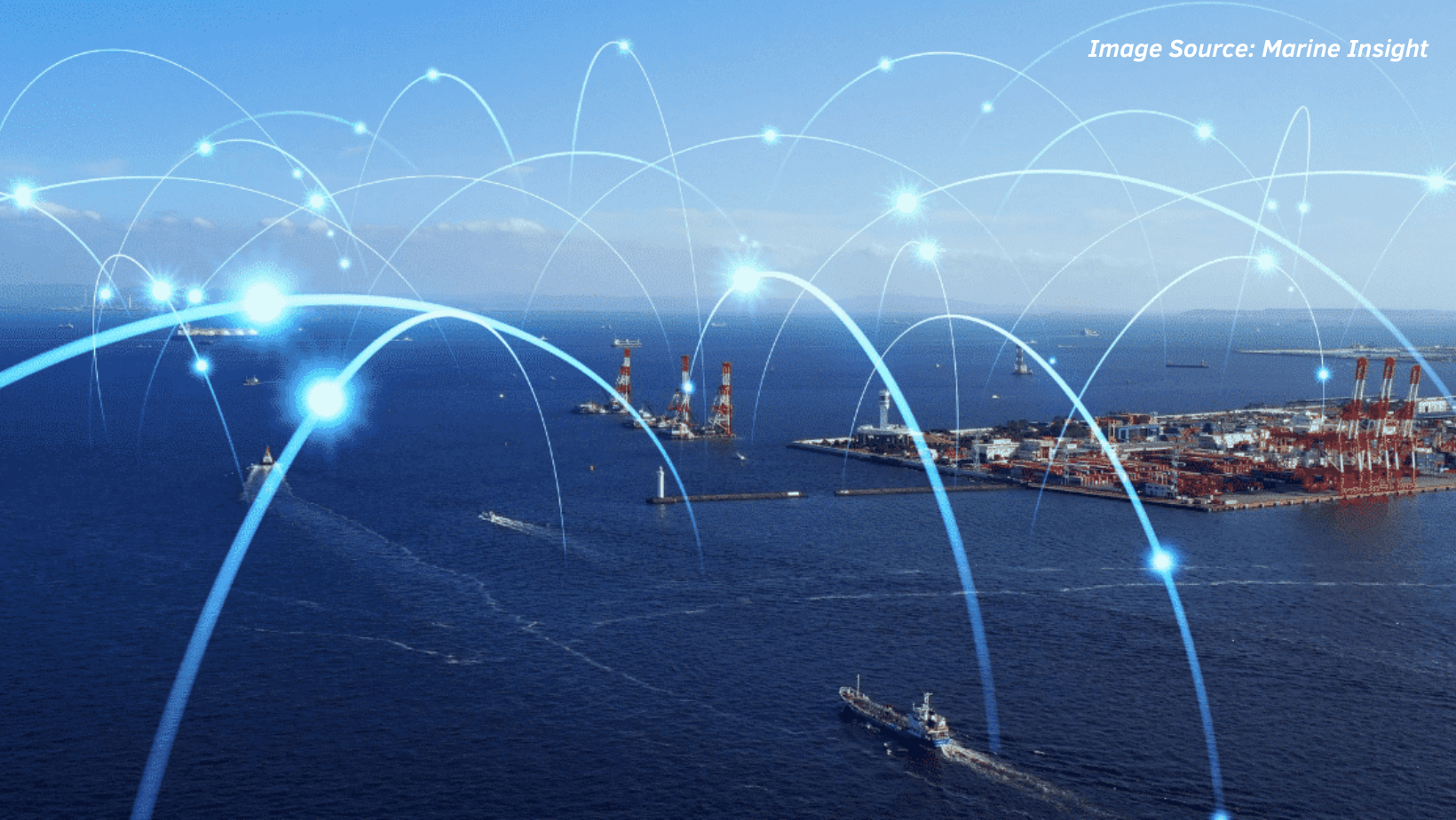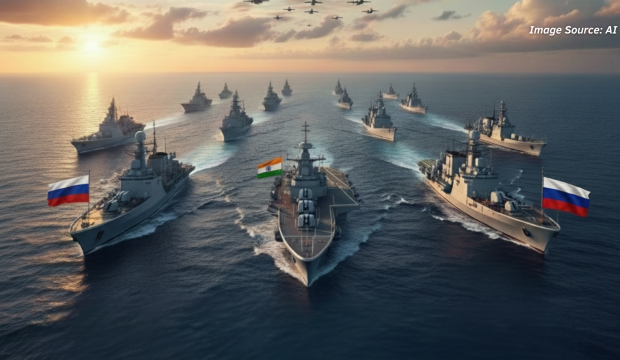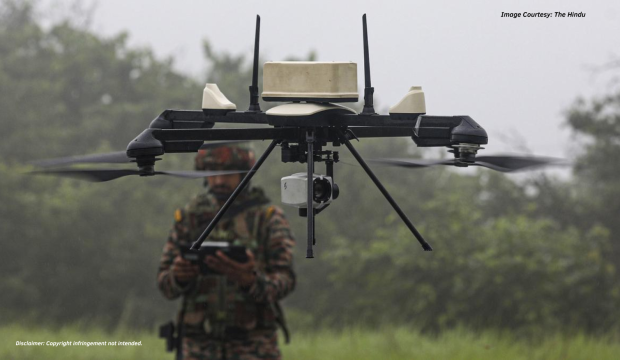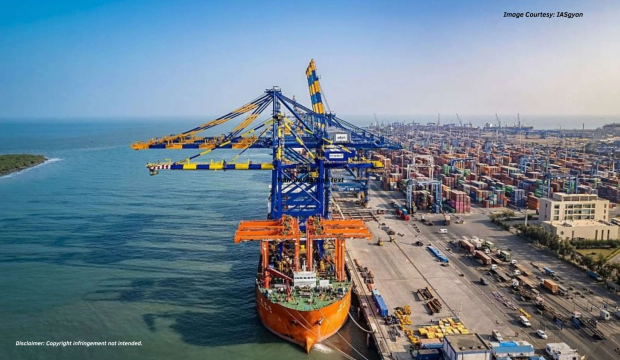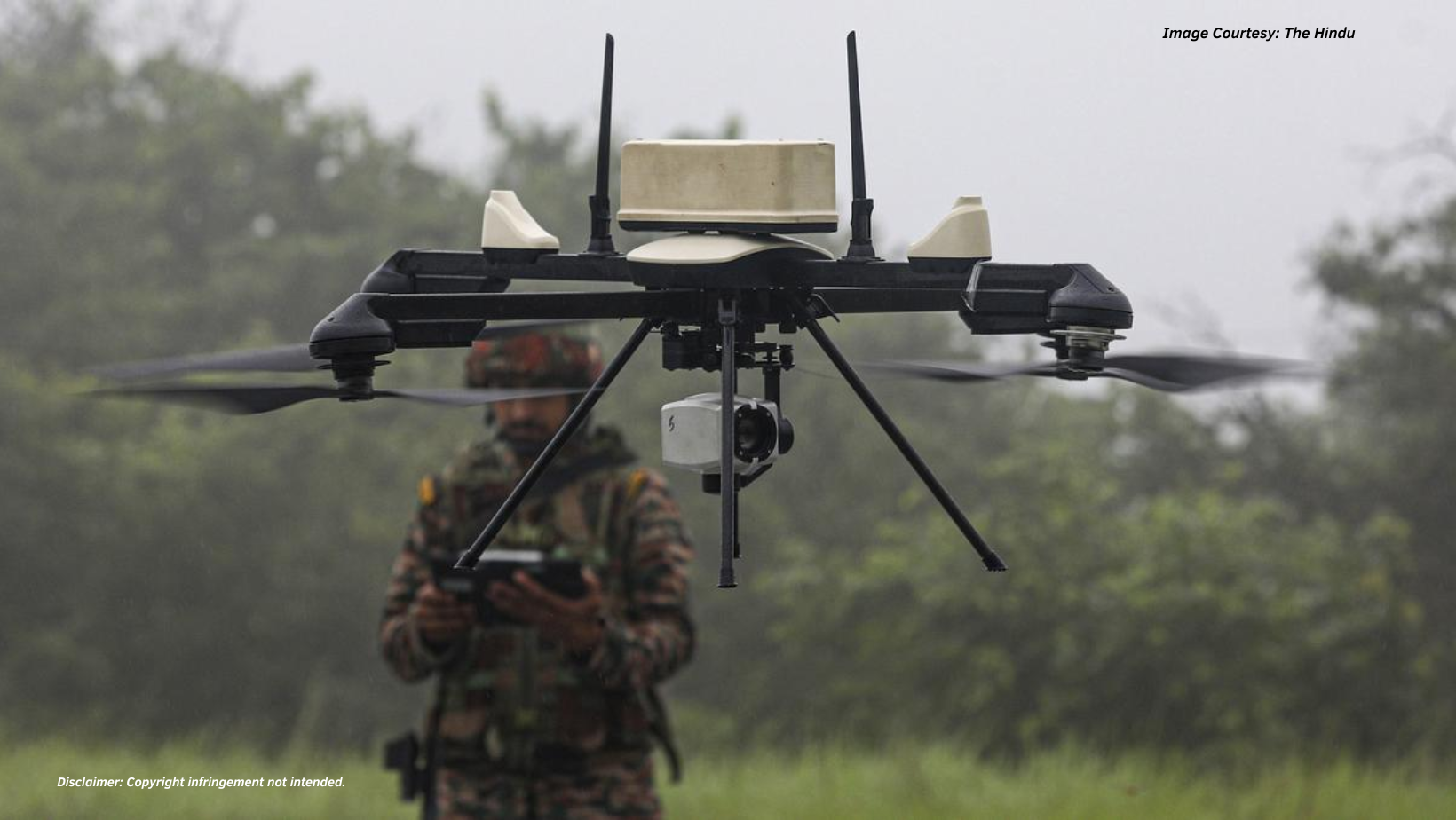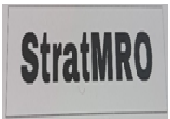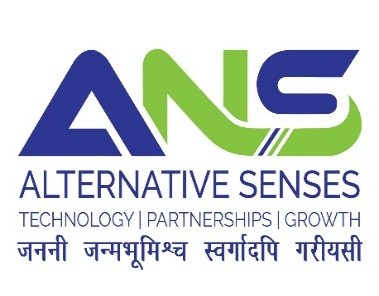Introduction
Maritime Domain Awareness (MDA) refers to the requirement of situational awareness at sea, that allows all maritime players to be aware of each other’s positions and intentions of each other in all three dimensions — on, over, and below the sea. MDA is becoming more and more necessary for the efficient and safe conduct of maritime activities, which is a key driver of the world’s economic growth. It is hence essential to have in depth knowledge about both the potential hazards posed by human activities as well as the inherent behaviour of the sea in order to ensure maritime safety and security of various stakeholders operating at sea.
The idea of MDA extends beyond security and encompasses a variety of fields, including trade, fishing, deep seabed mining, marine biology, and the development of offshore wind, solar, and gas facilities. MDA has become predominantly significant for the maritime environment in terms of data collection, analysis and sharing of information that ensure effective decision-making and response from countries. In the backdrop of geopolitical contestations, achieving MDA forces actors to become transparent in maritime activities and increases visibility among the shared maritime community. To ensure that information collected as part of is disseminated through domestic inter-agency and international coordination, the Indian Maritime Security Strategy of 2015 underscores the importance of MDA stressing on “Information-Decision-Action (IDA)” cycle. Further, the document looks at MDA as an “enabler for maritime security across the conflict spectrum”.[1] It is with this understanding that the impact of recent announcement of QUAD towards the Indo-Pacific Partnership for MDA in the Indian Ocean Region (IOR) is discussed and available challenges and opportunities for India are discussed.
Emerging Significance of MDA
Ensuring marine security across the whole maritime realm needs extremely high levels of situational awareness. While situational awareness of the entire marine environment may not be attainable or required, MDA of regions of interest is critical. The Indo-Pacific region is one such maritime space that has come to the forefront of global attention in recent years, largely due to the rise of China and its growing influence in this region.
The discourse on understanding MDA and its functions holds key significance at times of contested interests in a vexed geopolitical setting. China’s developments in the Indo-Pacific as well as the IOR is alarming and concerning. Over the past few years, the People’s Liberation Army Navy (PLAN) of China has massively expanded both tangible and intangible naval assets.[2] Additionally, the present attacks in the Red Sea have also distressed and questioned the pace of capability development for many countries, including India. Therefore, a transparent MDA network provide a means of sharing information spanning over traditional and non-traditional security threats in the maritime domain.
As a result, MDA becomes an important maritime security issue, with military and economic consequences for the QUAD, which includes Australia, India, Japan, and the United States. The QUAD members, as maritime powers in the Indo-Pacific region, rely greatly on free and open sea channels for survival, and challenges to sea routes constitute a direct threat to their national interests. In view of this, lieu of the above-mentioned statement, an analysis of the QUAD’s Partnership on the Indo-Pacific MDA (IPMDA) is timely. QUAD had launched the IPMDA Initiative on May 20, 2023 in Hiroshima, Japan [3] and the extension of this initiative to the Indian Ocean Region (IOR) was declared in July 2024, during the QUAD’s Foreign Minister’s meeting.
QUAD’s Indo-Pacific Partnership for MDA: Key Aspects
The Indo-Pacific region’s diversity, whether economic, demographic, military, or developmental, has manifested a number of challenges in the maritime domain, including maritime disputes, piracy, Illegal Unreported and Unregulated (IUU) fishing, drugs, arms, and people trafficking, and so on.[4] Economic progress has also resulted in an increase in military presence, shipping traffic, port construction, fishing activity, and so on, creating a dense and complicated marine environment in the Indo-Pacific region.[5] These activities have called for greater collaboration between QUAD partners and other littoral nations to ensure maritime security in the region.
The IPMDA initiative launched on May 20, 2023, underscored “near real time, integrated and cost-effective maritime domain data” for countries in the region.[6] The idea of the IPMDA aimed at providing framework to “operationalize the maritime strategic partnership” among the QUAD partners with special emphasis on monitoring maritime regions, securing lines of communications with enhanced capacity building measures for all regional partners. [7] Notwithstanding, the initiative is significant in the context of China which had enacted the Data Security Law and the Personal Information Protection Law in 2021, providing provisions for vessels to turn off their Automatic Identification Systems (AIS) transponders in specific areas. These laws effectively have empowered China’s maritime militia. [8]
The joint statement of the QUAD partners stated, “Together, we reaffirm our steadfast commitment to a free and open Indo-Pacific that is inclusive and resilient. The global strategic and economic environment is changing rapidly – with direct impacts on countries in the region. We believe we should navigate this time of uncertainty and opportunity together, working closely with our Indo-Pacific partners.”[9]
At the core of this statement on IPMDA lies ‘technology as an enabler’, particularly to tackle and combat IUU fishing, dark shipping and piracy. Additionally, the IPMDA also promises to deploy commercial satellite-based tracking services that would address the challenges arising from vessel identification and thereby bring ‘faster, wider and shaper’ pictures for regional maritime partners.[i] Further, the initiative banks on the existing architecture of the Information Fusion Centres to gather and analyse real time maritime intelligence and pave way for “an effective multilateral collective security apparatus reflecting the national maritime strategies” of the partners in the region. [11]
Extension of IPMDA to the IOR
The renowned maritime strategist, Alfred Mahan once said, “Whoever controls the Indian Ocean will dominate Asia, the destiny of the world will be decided on its waters.”[12] The statement holds true over the contestations and increasing in the region. Over the decades, IOR has grown in strategic importance and a geopolitical flashpoint. The activities in the IOR have now come to be defined by trade, energy transfers, piracy, IUU fishing and even transnational crimes. The presence of littorals and sovereignty disputes have further made the region only ideal for strategic competition and preventing the development of an overarching security architecture despite comparable and shared interests in maritime security. [13] The Indian Ocean’s ecosystem and climate have an impact on the blue economy, migration, shipping, and geopolitics. Climate change is contributing to increasingly severe tropical storms, floods, droughts, and heat waves, among other effects, in recent decades. [14]
For India, developments in the IOR remains substantial. Growing China-Pakistan nexus with respect to joint naval exercise and infrastructure development is concerning.[15] Both these countries are engaged in anti-submarine drills and development of strategic ports in the Indian Ocean. China already has one naval base in Djibouti and the developments in Gwadar pinpoint towards its second naval base in the IOR. Additionally, Pakistan has been acquiring submarines from China as part of modernizing its naval fleet and the latter has already progressed with the launch of eight Hangor Class submarines.[16] Against the backdrop of the Houthi attacks in the Red Sea, India had to “reroute” its seaborne trade and the Indian Navy deployed maritime surveillance efforts in the Central and North Arabian Sea.[17] Furthermore, to ensure efficient monitoring of India’s EEZ, the Indian Navy works closely with the Coast Guard, and the overall situation is closely monitored in collaboration with national maritime agencies.[18] These contingencies and developments call for institutionalised framework for collaborative approach on upholding a networked and resilient maritime architecture for the IOR.
The IPMDA’s extension in the IOR, although preliminarily, included in the initiative has now been officially extended to the region at the QUAD’s Foreign Minister’s Meeting in Tokyo in 29th July 2024. The Joint Statement mentioned of working towards the early operationalisation of the “South Asia Programme” through the IFC-IOR in Gurugram.[19] The details of this extension although ambiguous, has reverberated the QUAD’s commitment to uphold a “free and open” Indo-Pacific. Additionally, an announcement on the deployment of Open-RAN network in Palau with a promise of ‘space-based climate warning system’ to be launched in Mauritius.[20] The development and implementation of the Open RAN in Palau serves as evidence of the QUAD’s dedication to advancing an open and free Indo-Pacific area.[21]
Challenges in Operationalisation of IPMDA in the IOR
Despite the deliverables promised, the IPMDA faces several policies as well as directional obstacles. There remains a disparity in “information sharing, capacity building and coordinated action practices.” Additionally, there lies a persisting obstacle with regards to vessel identification and surveillance in the international waters. Challenges pertaining to technology interoperability and “asymmetries in resources accessibility” needs to be addressed for a cohesive maritime security architecture in the region.[22] The fundamental difficulty for maritime stakeholders is integrating technology and intelligence. With the vast multitude of data availability, there are barriers in comprehending that data as well as sharing the required data with partner countries.
More importantly, the IPMDA’s coverage of the Indian Ocean appears limited. According to the Fact Sheet that followed the Leaders’ statement, four existing Information Fusion Centres will be linked: Gurugram (India), Singapore, the Solomon Islands, and Vanuatu (Oceania). Linkage to the Regional Maritime Information Fusion Centre in Madagascar, among others, remains absent. Linkage is also possible with either the MDA component of US Operation Sentinel or the European Maritime Surveillance Mission in the Straits of Hormuz and Bab-el-Mandeb. At a time when India has positioned a Liaison Officer at NAVCENT Bahrain and joined the Indian Ocean Commission, the Djibouti Code of Conduct, and the Coalition Maritime Force in Bahrain as an observer, this omission becomes apparent.[23]
Opportunities for Progressing IPMDA in the IOR
The IPMDA is growing and still in its nascent stage. There is still a long way to go before the IPMDA is fully implemented in an equitable and sustainable manner. To effectively execute the maritime domain awareness picture, QUAD countries must address concerns for partners in the region. Some recommendations have been enlisted for optimising IPMDA in the IOR:
- Collaboration is the Key. There is a growing and persistent need for QUAD countries to engage with littoral nations for collaboration in capability building and training in MDA. There continues to be a great demand for quality training of human resources in MDA software and updated technology. Capsule training in maritime security and law can also be introduced through collaborative projects among partner nations in the region.
- Networked Information Fusion Centres. There requires a deeper and connected network amongst all the Information Fusion Centres in the IOR. Fig 1 depicts the presently located IFCs in the IOR, however there remains a gap in information sharing and no actual “bonhomie between countries.” Despite common threats and challenges, a concerted effort for information sharing is lacking and there exists gap within the IPMDA architecture on how and what information must be shared with partner nations. Governments must lead informed engagements in order to guarantee maritime security. Countries must cooperate in exchanging technology and intelligence in order to utilize such actionable information.

Fig 1. Map of Information Fusion Centre in the IOR[24]
- Coordinated Practices. For the IPMDA to be successful in tackling region- specific issues, there is a requirement for true “accessibility of resources”. All the IFCs are not equipped with the same technology and there is a serious concern of shortage of infrastructure. MDA issues cannot be dealt in isolation without understanding how much technology can any nation absorb. [25] Therefore, coordinated practices will chart out a systemic approach in optimising MDA tools across partner and littoral nations.
- Implementation of MDA Strategy. The QUAD’s IPMDA for the IOR must also focus on creating a concerted and cohesive MDA strategy that will outline region-specific objectives, data collection, usage of data collected, interoperability and guidelines on traditional and non-traditional maritime security issues.
Conclusion
Geopolitical rivalries, marine security risks, and environmental issues all loom large in the IOR. With paradigm shifts encompassing geopolitics, the IPMDA will only gradually mature to reach its full potential in the region. The QUAD partners have pledged to begin early consultations with regional partners and identifying promising future technologies that will allow the IPMDA to remain a cutting-edge partnership promoting regional peace and harmony. However, the existing challenges concerning the functioning of MDA must be addressed and worked out, allowing the IPMDA to produce substantive outcomes to make the region secure and affluent. As stated correctly by the former Chief of Naval Staff, Admiral R. Hari Kumar, “The IPMDA initiative is a testament to our commitment to a free, open, inclusive and rules-based Indo-Pacific building networks and partnerships that would be instrumental in ensuring the security and stability of the Indian Ocean Region.” Therefore, this can be achieved on ground would require collaborative arrangements such as the IPMDA.
DISCLAIMER
The paper is author’s individual scholastic articulation and does not necessarily reflect the views of CENJOWS. The author certifies that the article is original in content, unpublished and it has not been submitted for publication/ web upload elsewhere and that the facts and figures quoted are duly referenced, as needed and are believed to be correct.
References
- Indian Navy, Ensuring Secure Seas: Indian Maritime Security Strategy (New Delhi: Integrated Headquarters of Ministry of Defence (Navy), 2015), 165.
- The New Plan for China’s Modernization – the Transformational Decisions of the 19th CPC National Congress.” n.d. CIRSD. https://www.cirsd.org/en/horizons/horizons-winter-2018-issue-no-10/the-new-plan-for-chinas-modernization.
House, White. 2023. “Quad Leaders’ Joint Statement.” The White House. May 20, 2023. https://www.whitehouse.gov/briefing-room/statements-releases/2023/05/20/quad-leaders-joint-statement/.
Maritime Domain Awareness (MDA) in the Indo-Pacific and the Way Ahead for Indo-Pacific Partnership for MDA (IPMDA).” n.d. Vivekananda International Foundation. https://www.vifindia.org/brief/2023/july/28/maritime-domain-awareness-in-the-indo-pacific.
Maritime Domain Awareness (MDA) in the Indo-Pacific and the Way Ahead for Indo-Pacific Partnership for MDA (IPMDA).” n.d. Vivekananda International Foundation. https://www.vifindia.org/brief/2023/july/28/maritime-domain-awareness-in-the-indo-pacific.
- Ibid 4
“Indo-Pacific Partnership for Maritime Domain Awareness.” 2024. Pacific Forum. April 4, 2024. https://pacforum.org/publications/pacnet-48-a-work-in-progress-the-indo-pacific-partnership-for-maritime-domain-awareness/.
Ibid, 6
Ibid, 4
- X (Formerly Twitter). https://x.com/INDOPACOM/status/1618432593267130370?lang=en
- Ibid, 7
- Brewster, David. “An Indian Sphere of Influence in the Indian Ocean?” Security Challenges 6, no. 3 (2010): 1–20. http://www.jstor.org/stable/26459796.
Singh, Arvinder and Centre for Joint Warfare Studies. 2018. “SECURITY CHALLENGES IN THE INDIAN OCEAN REGION.” CENJOWS. Vol. XII–XII. https://cenjows.in/wp-content/uploads/2022/03/Security-Challenges-In-The-Indian-Ocean-Region-by-Col-Arvinder-Singh.pdf.
Mapping the Indian Ocean Region.” Carnegie Endowment for International Peace. https://carnegieendowment.org/research/2023/06/mapping-the-indian-ocean-region?lang=en.
Gurjar, Sankalp. 2024. “The China-Pakistan Axis and Indian Ocean Geopolitics.” Geopolitical Monitor. August 9, 2024. https://www.geopoliticalmonitor.com/the-china-pakistan-axis-and-indian-ocean-geopolitics/.
- Ibid, 15.
- Red Sea Crisis and India’s Options.” n.d. Vivekananda International Foundation. https://www.vifindia.org/article/2024/february/08/red-sea-crisis-and-india-s-options.
Ibid, 19.
- Quad Foreign Ministers’ Meeting Joint Statement.” n.d. Ministry of External Affairs, Government of India. https://www.mea.gov.in/bilateral-documents.htm?dtl/38044/Quad+Foreign+Ministers+Meeting+Joint+Statement.
PTI (2024), “Quad Foreign Ministers Announce Plan to Expand IPMDA to Indian Ocean Region.” The Economic Times, July 29, 2024. https://economictimes.indiatimes.com/news/defence/quad-foreign-ministers-announce-plan-to-expand-ipmda-to-indian-ocean-region/articleshow/112105577.cms?from=mdr.
India CSR (2023), “What is Open RAN?: Full Form, Meaning, Importance and Advantages Explained”, https://indiacsr.in/what-is-open-ran/#:~:text=The%20deployment%20of%20Open%20RAN%20in%20Palau%20is%20a%20significant,the%20lives%20of%20its%20citizens.
- Ibid, 7
- DELHI POLICY GROUP. n.d. “Assessing the Indo-Pacific Partnership for Maritime Domain Awareness.” https://www.delhipolicygroup.org/publication/policy-briefs/assessing-the-indo-pacific-partnership-for-maritime-domain-awareness.html#_ftn8.
- Ibid, 14.
Capt (IN) Sarbjeet S Parmar (2024), Online Interview, New Delhi, 01st September, 2024.


